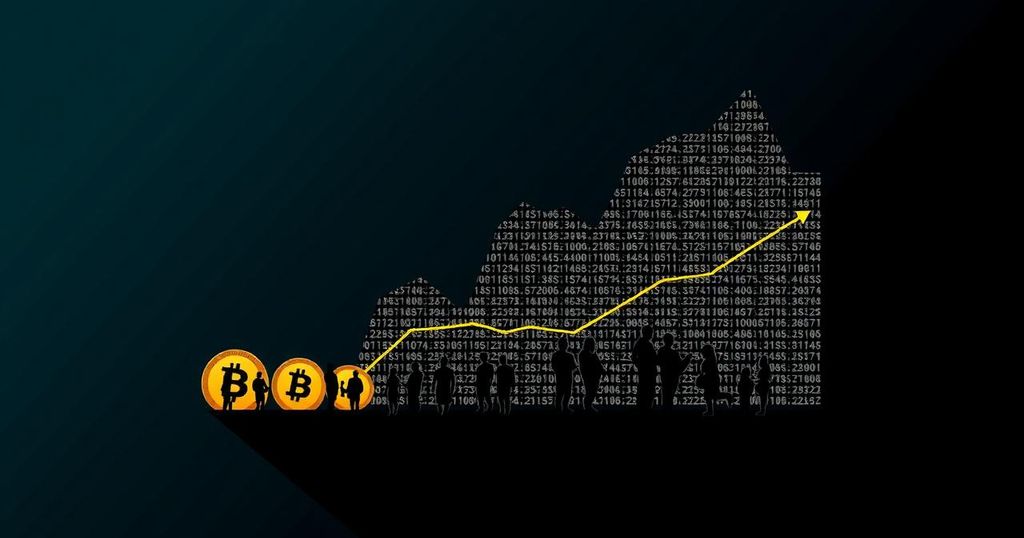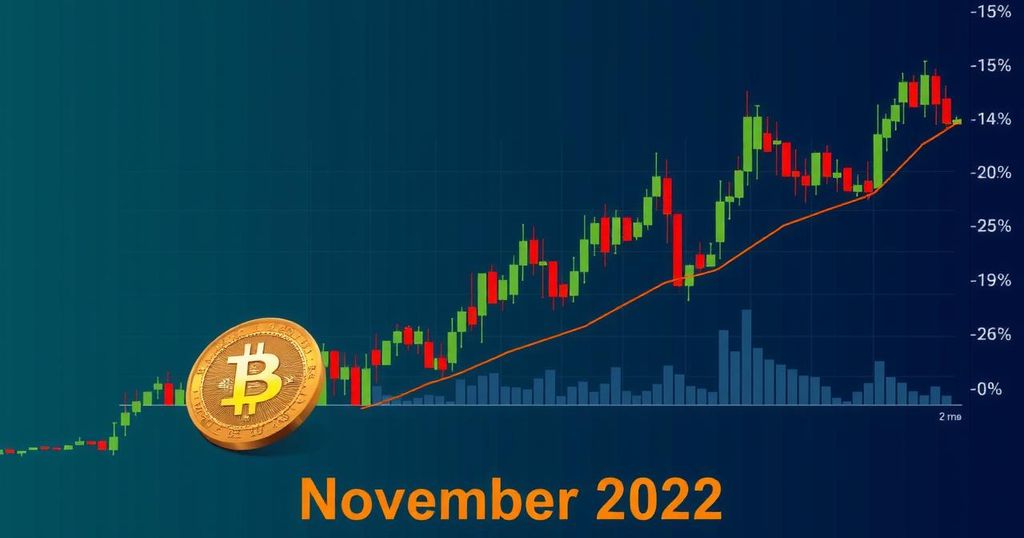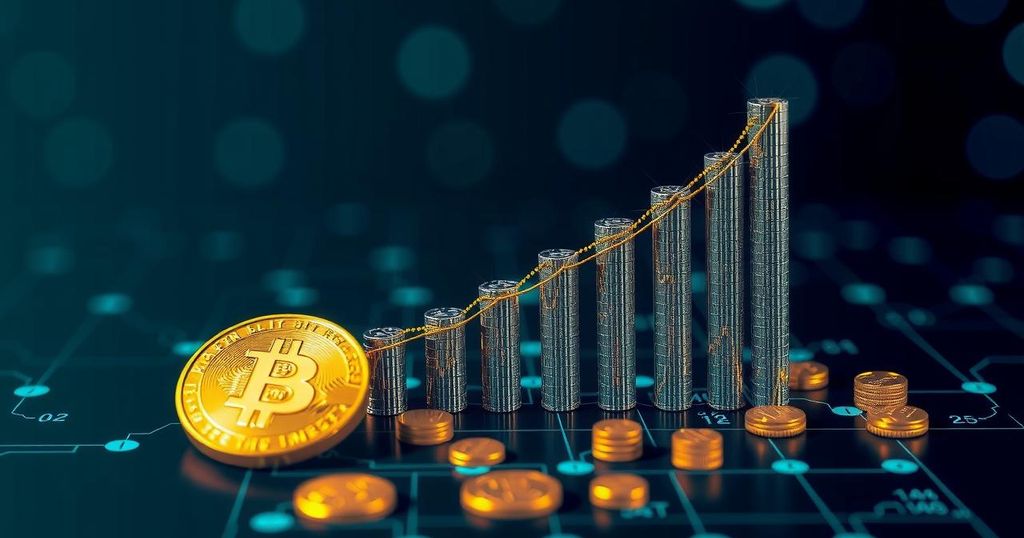The Impact of New Inflation Data on Bitcoin’s Price
The recently published Consumer Price Index (CPI) has indicated a lower-than-anticipated increase in prices, which suggests a significant easing of inflationary pressures. As a result, there is speculation that the Federal Reserve may consider rate cuts earlier than initially expected, with the possibility of implementation as soon as the September meeting, as per insights provided by Jim Baird, Chief Investment Officer at Plante Moran Financial Advisors.
Following the release of the CPI data, Bitcoin (BTC) experienced a notable rally prior to the report’s publication, resulting in a significant price increase. However, following the public release of the report, Bitcoin’s price experienced a swift decline, leading to speculation regarding a possible “buy the rumor, sell the news” scenario in the cryptocurrency market.
The recent decline in inflation has implications for the Federal Reserve’s capacity to lower interest rates, which could substantially impact Bitcoin’s price. Decreased interest rates generally promote investment and spending, making borrowing more accessible. Consequently, fluctuations in interest rates can have considerable effects on Bitcoin’s price.
Bitcoin has a limited supply of 21 million coins, and its issuance rate decreases by approximately half every four years, setting it apart from traditional currencies. Due to its scarcity, Bitcoin’s price tends to rise when interest rates are reduced. It is important to recognize that Bitcoin has historically responded to alterations in monetary policy and economic conditions.
In the week leading up to the CPI report, Bitcoin observed a notable increase, indicating positive expectations among investors. However, subsequent to the report confirming the projected inflation statistics, Bitcoin’s price adjusted by approximately 3%. This kind of variability is customary as market participants react to both anticipated and actual economic data.
The current inflation data has laid the groundwork for future developments in both the cryptocurrency market and the wider financial landscape. The connection between interest rates and inflation will remain crucial for Bitcoin’s price. Should inflationary pressures resurface or if the actions of the Federal Reserve deviate from expectations, Bitcoin’s price could experience further oscillations.
In conclusion, the recent CPI inflation report has offered valuable insights into the current economic climate, suggesting a reduction in inflationary pressures. This paves the way for potential rate cuts by the Federal Reserve, which could have a significant impact on Bitcoin’s price. As investors process the implications of the inflation data and anticipate future actions by the Federal Reserve, Bitcoin’s price is expected to continue fluctuating based on broader economic trends and market sentiment.








Post Comment